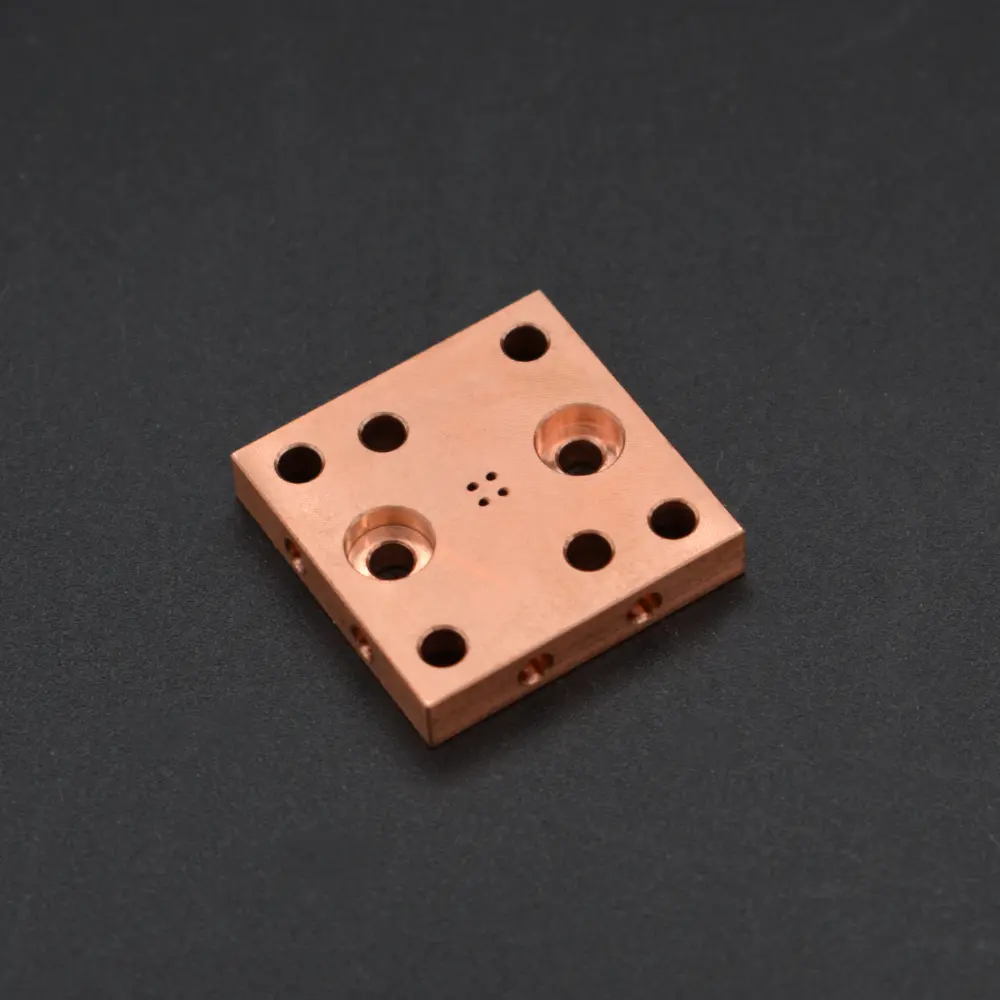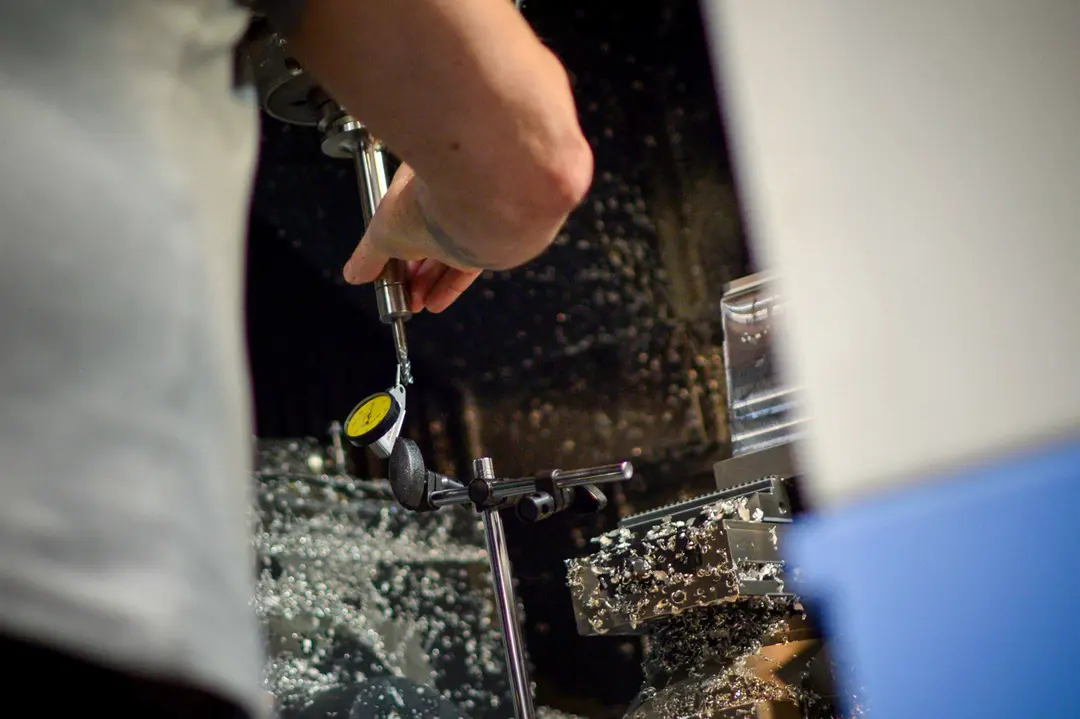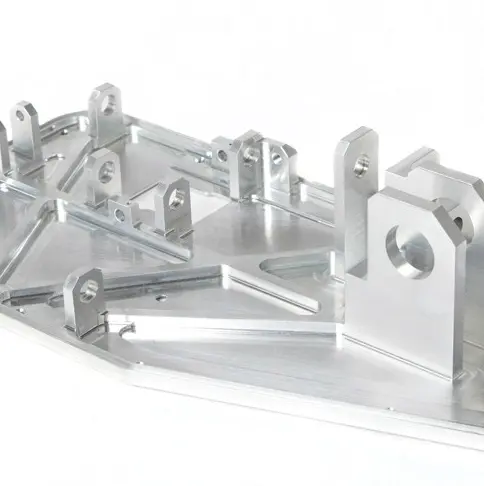 Get a quote
Get a quote
It can be a tricky balancing act to specify components in industries where:
Designers and product development teams facing these challenges understand that precision machining tolerances must be detailed. And the datum must be precise. If they get any of this wrong, they risk compromising the product’s fit, form and function.
But these engineers also work on the basis that tolerances should also be as broad as possible where components are less important.
And we respect that: there are decades of combined wisdom and knowledge in major OEMs’ technical centres. They are rigorous in their approach because of the safety and cost implications.
But every tight tolerance adds cost to the equation. The tighter the tolerance, the higher the cost. So the temptation is for OEMs to specify easier tolerances where (in theory) they are less likely to matter.
Quite often they do matter though. And that’s when the OEMs’ procurement professionals call on us for help...
Unhappy With Your Existing Machining Providers? Download This Free Guide To Changing Suppliers
CNC machining tolerance issues typically involve 3D models that are not the correct size and/or geometry. Or the difficulties are down to technical drawings that lack crucial elements:• missing specifications• missing views (such as projected first or third angle views)• no datum• missing and incorrect dimensions or tolerances• missing geometric tolerances• no specific surface finish requirements (or any surface finish requirements at all, for that matter)• missing or vague specifications for deburring and sharp edges.
Material grades may not be specified. Or if they are, the material is specified in the wrong format (making it unavailable).
Or finishing specifications may be incomplete with regard to colours and thicknesses. The specifiers may not have considered fully whether a component is customer-facing or not. There may be anomalies or a lack of compatibility between the material grade and the finish specification.
And what if parts need to be bought in? The basic brief may be short on information with regard to the full specifications and preferred source(s) of those parts.
It’s the assembly stage that can often prove to be a watershed moment for OEMs and their existing suppliers. There may be:
Field trials are another crucial stage. Ultimately, they are the real test of whether a component is going to work properly. Parts that seemed to pass muster at the assembly stage may be found wanting in real-world testing. So again, the OEMs and their suppliers seek our help.
Download our free guide to finding the right CNC machining company for specialist requirements (such as medical devices). The guide covers:
Penta Precision is ISO 9001:2015 accredited for quality and consistency. Our processes are validated:
Overcome your machining challenges – get Penta involved.

Copper or brass? Brass or copper? If you're in a quandary about which of these two yellow metals to choose for your CNC machined component, you're not alone. In this blog we bring you the lowdown on these two excellent options and will help you compare them side by side.

Additive and subtractive manufacturing are two of the most important methods used to create parts today. As technology advances, more businesses are comparing these approaches to find the best fit for their projects. The choice you make can influence your lead times, costs, and design flexibility. In this guide, you'll learn how these manufacturing methods differ and when to use each one.

Exploring some common issues that may have arisen with your once reliable, existing CNC machining supplier. From quality and consistency concerns to communication gaps and inflexible approaches, we shed light on the signs that indicate it might be time to consider a new supplier. We delve into the reasons behind these frustrations and help you navigate the process of finding a more reliable CNC machining partner.